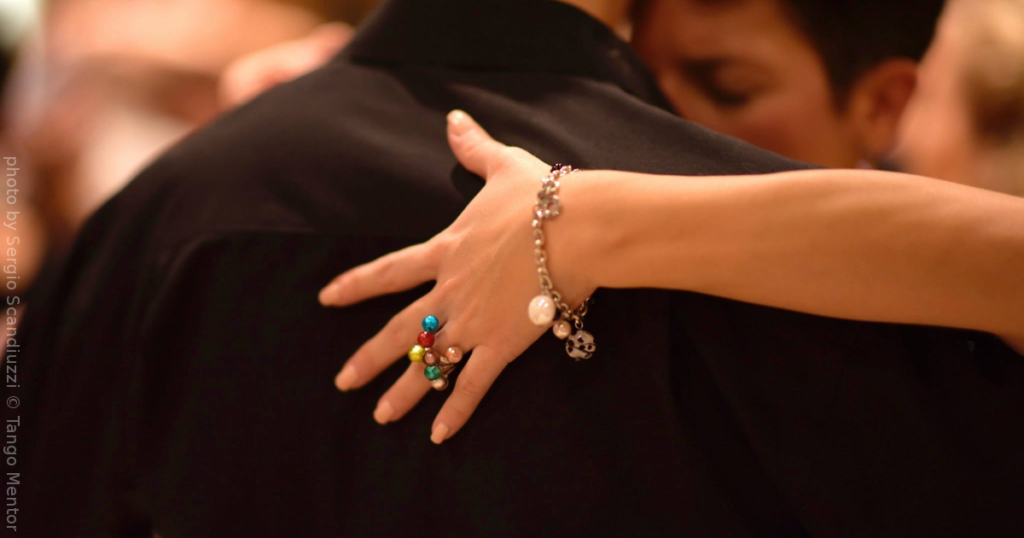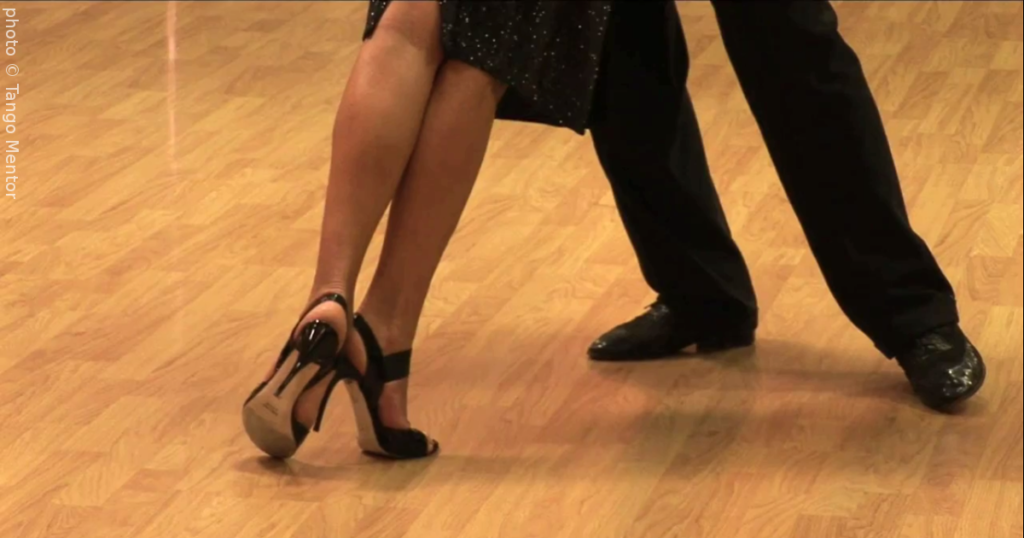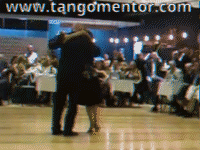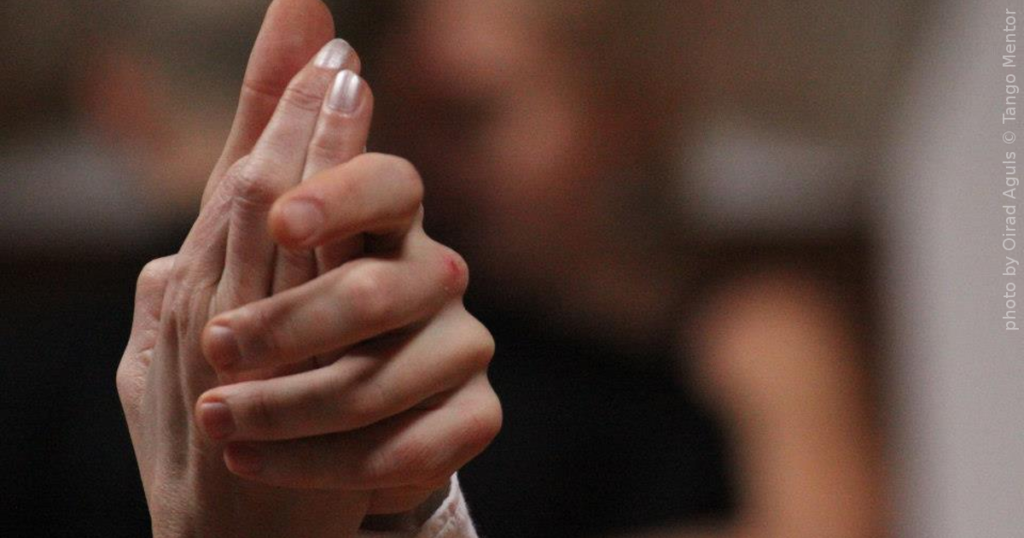
You should lead better. Well, easier said than done. Many male dancers put a lot of effort in practicing and learning, but their visits to milongas turn out to be frustrating experiences again and again. It is like there is a big secret that stays out of reach for them, no matter how hard they try.
Would you believe me if I say that it is not hard to lead better if you pay attention to just four things? I know, it sounds like magic cure, but trust me – it is.
Let me tell you a story – a true conversation that I had with one of my students.
“But, why I can’t dance well with others?”, she asked me.
“What do you mean? With whom can you dance well?”, and she pointed out few men on the dance floor. They were all good leaders.
She was just a beginner, but she was already dancing a lot with the best dancers in our community. Yet, she could not dance at all with some of the male dancers. I knew that she was not the problem – she knew how to follow, but they did not know how to lead a beginner.
My point with this story is that if a man knows how to lead – even an absolute beginner can follow. Tango is created by men who danced with a ladies with poor technique. A good leader can always make a woman dance well, no matter her level of dance.
[Tweet “Don’t practice a lot, dance a lot!”]
Do you want to lead better? Who doesn’t? Well, it is easier than one might think it is. In the these four points I am going to explain why and how good leaders are good and why some ladies have problem dancing with the bad ones.
1. Your body is just a tool – The best way to become better leader is to dance a lot, not to practice a lot. You have to train your body to become a tool that helps your partner. Practicing (alone or with your partner) can be good, but practicing means excluding some of the factors – for example, some people prefer to practice without music, and almost everyone practices without other couples near them (which is an unlikely situation in milongas). As a result, when people come to milongas they are focused on the music and other couples around them (or, in the worst case, ignoring them and bumping around).
I learned that the right way is to prepare yourself to face all these ‘obstacles’, so much, so they are not longer requiring for your attention – you do them unconsciously, by heart. This frees up your mental energy to focus on her. She will feel this, trust me!
“It’s like a finger pointing away to the moon. Don’t concentrate on the finger or you will miss all that heavenly glory.” – Bruce Lee
Your body is the finger, she is the moon. Do not focus on the body, focus on her; learn the moves, so they become so easy that you can concentrate on her.
2. Follow her to lead better – I wrote that I have a problem with leader/follower terminology and this is because I do not think that it is precisely describing the reality of tango.
In my experience as a teacher I learned that it can be misleading to the students to tell them that the man is the leader – specially if you want them to focus on emotion and not on the physical movements. When it comes to the movements and choreography, of course that the man is the leader; but when it comes to the emotion – it is the woman who has the lead.
If you want to lead better, then focusing on what her heart is telling you is the key. You have to read the limitations she has as a dancer, because they can cause her to tense – something which you want to avoid at all costs. But, that is just the beginning, you will want to go even further. When you lead, you must sense how she feels the music and, even more, how she feels you as a dancer and as a human being… or, if you want to go even deeper, you must read how she feels you as a man.
Being able to follow her heart is one of the most important skills to learn if you want to become a better leader.
The form you have selected does not exist.
How do you do that? Well, it is broad topic, but I will mention here two very important things: acceptance and flexibility. Those are not just abstract concepts – they must influence your movements to have some kind of physical manifestations.
3. Lead her center – Finally, the physical part. Over the years of teaching I developed a method that helps my students learn how to lead in a very smooth way. More important, they do it in a natural way without forcing.
The natural human walk consists of getting our center of gravity to the zero point (where we do not need to intervene to keep the balance) and out of it. Basically, every movement consists of controlling our balance center. Therefore the easiest way to lead your partner is to use her balance center, by applying a controlled amount of energy to her center of balance.
Additional benefit of this is that learning to lead her balance center will help you have a natural posture – this is the reason why I never teach my students about the concept of posture. They just do not need it.
There are a lot of ways to learn to do this and over the years I developed exercises to help students. The shortest way to describe it is lead her with your core in contact with her core. Doing this will create a real magic.
4. Dance with her, not with the music – I can’t stress this enough. When you dance in milongas you dance with her: not with the music, not with the other couples on the dance floor, not with yourself, not with the spectators. Forget about all this and focus on her.
Dancers often focus on the music more than they should. I agree, any dance is nothing without musicality – but tango is specific because of the proximity and unity that the couple creates. You can never benefit from your good musicality if it interferes with your communication with the partner. So, you must adapt how do you interpret the music to her ability to follow your movements.
Remember that she is more important than the music is. The music will forgive you if you make a mistake, but her heart will not. If you force her to do what she feels is uncomfortable or something which she is not ready to do, she will tense and the dance will not be as pleasurable as it should be.
Did you like this post? Did it help? If I helped you, please help me with sharing this post with your friends on Facebook.


 Check out how Nestor returns the control of the axis to Olivera as he initiates a turn. Watch
Check out how Nestor returns the control of the axis to Olivera as he initiates a turn. Watch 